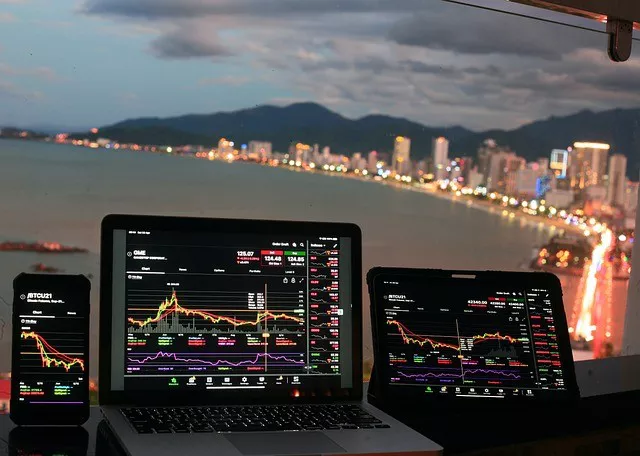The upcoming months hold a series of critical events that are set to influence energy markets and oil prices. With the Labor Day timeline typically serving as an indicator for summer oil demand, the dynamic nature of oil consumption presents challenges in predicting trends.
The Federal Reserve’s impending decision on interest rates in seven weeks has garnered significant attention. Following modest U.S. jobs growth in July, economists expect the central bank to maintain its current stance on monetary tightening. However, concerns over energy-fueled inflation are emerging as crude prices surge to three-month highs, potentially leading to an unexpected rate decision by the Fed.
The Atlantic hurricane season, officially underway since June, continues to pose a threat to oil industry installations in the U.S. Gulf Coast of Mexico. While peak activity generally occurs before mid-September, tropical cyclones can impact oil production and infrastructure until the end of November.
Saudi Arabia’s ongoing strategy of production cuts to bolster barrel prices remains a key factor. The country’s decision, expected by October 4, on whether to further reduce November production by one million barrels per day will continue to shape global oil supplies.
China’s oil demand introduces an element of uncertainty. Although recent Chinese crude import numbers suggest robust oil demand, economic challenges within the country have hindered a full rebound from the effects of Covid-19. Weakness across manufacturing and infrastructure sectors, coupled with reduced overseas travel by Chinese tourists affecting jet fuel shipments, has raised questions about the sustainability of China’s oil demand recovery.
Amid these factors, energy market participants are closely monitoring developments. The outcome of these events will play a pivotal role in shaping oil prices and market dynamics in the coming months.


